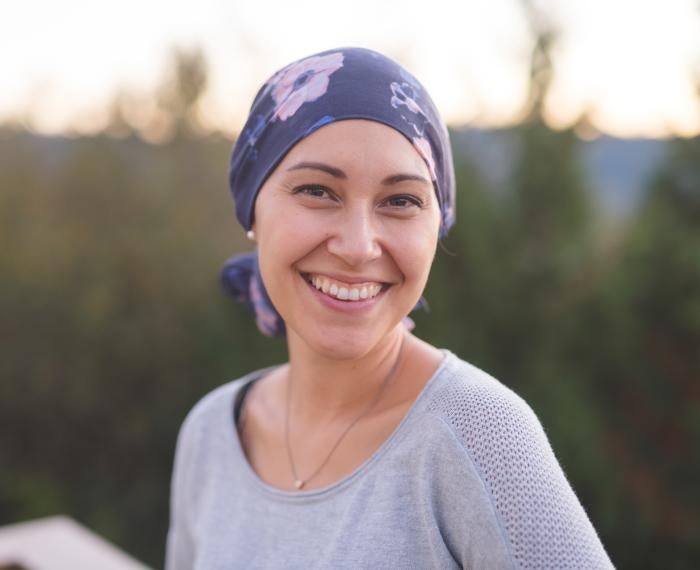
Subscribe to Pittwire Today
Get the most interesting and important stories from the University of Pittsburgh.Understanding antibodies in COVID-19

People who are immunocompromised are accustomed to frequent blood tests that plot their progress and guide their treatments. And lately, many of these patients have been clamoring for yet another screening — for COVID-19 antibodies.
To date, the Centers for Disease Control and Prevention does not recommend routine antibody testing after vaccination. But Ghady Haidar’s current project, dubbed CoVICS (for COVID-19 Vaccine in the Immunocompromised Study), involves antibody testing for research purposes on a monthly basis — and the results are available to patients.
This perk has presented Haidar and his colleagues with a very good problem: a tsunami of volunteers.
“We’ve been going through them as fast as we can to enroll them quickly,” said Haidar in the throes of the signup phase this summer. Haidar is assistant professor of medicine and director of research, bone marrow transplant and hematological malignancy infectious diseases at Pitt.
However, patients were interested in knowing what the results of the test mean for them and their care. Haidar’s answer — hang tight while the science catches up — has been frustrating for all involved.
“We’ll get there,” Haidar said. “We’re just not there yet.”
With “getting there” in mind, CoVICS has enrolled more than 1,400 patients to date, studying how long antibodies last in immunocompromised individuals as well as how they change over time, compared to controls.
In June, the team released an interim analysis of 489 immunocompromised patients in the preprint journal medRxiv, reporting that the patient volunteers had a wide range of antibody-response rates: 37% for solid organ transplant recipients, 54% for blood cancer patients, 83% for patients with autoimmune disorders and 94% for patients with well controlled HIV.
Among solid-organ transplant recipients, vaccine efficacy varied widely, depending on which organ was transplanted; 60% of liver transplant patients produced antibodies, while only 22% of lung transplant recipients did. The team also found that those who were a year or more out from transplant surgery fared better.
Several treatments were associated with decreased likelihood of producing antibodies: radiation therapy for cancer, certain monoclonal antibodies (known as anti-CD20) used by patients with autoimmune disorders and antimetabolites for transplant.
In a previous analysis focusing on patients with cancers of the blood and bone marrow, the team found that 46% did not produce detectable antibodies to the COVID-19 virus. Among those, 77% of patients with chronic lymphocytic leukemia did not produce antibodies.
The CoVICS study was among the first to answer a burning question about antibody testing in these patients: Do antibody levels actually reflect how well a body can neutralize a virus? In a subset of 26 immunocompromised patients and 30 healthy controls, the team pitted the virus against samples of these individuals’ blood sera in the lab, then compared the results of these mini cage matches to antibody levels.
The correlation was clear: The more antibodies present, the more likely that person was to neutralize the COVID-19 virus, a relationship that was previously only speculative.
The team is now more confident in saying that people who do not produce antibodies truly are at greater risk of COVID-19 infection, said John Mellors, Distinguished Professor of Medicine. However, antibodies are not the whole story. Other immune cells, including T-cells, may work to provide additional protection against the COVID-19 virus.
Haidar warns that a positive antibody test is not a free pass to throw caution to the wind.
“At this point, clinical advice does not change for immunocompromised people, whether an antibody test is positive or negative,” he said. Thus vaccination, masking in public and social distancing remain vitally important for people who are immunocompromised.
— Elaine Vitone, senior editor of Pitt Med magazine.

